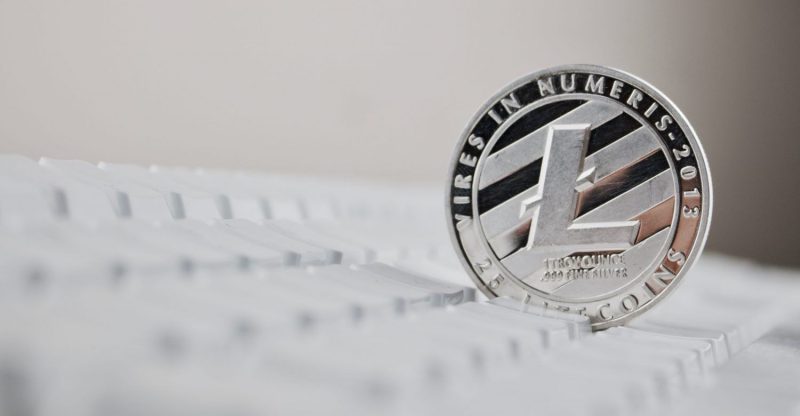Litecoin Cash Fork – Real or Scam; Here’s What You Should Do
Forks have become dime a dozen now, and if Bitcoin forks weren’t enough, we are now looking at Litecoin forks. However, the supposedly upcoming Litecoin Cash fork(s) are not without contention either, since Litecoin creator Charlie Lee has disowned any such attempts, calling them scams.
Interestingly, one of the forks, is not even a hard-fork – it is an ERC20 token on the Ethereum blockchain, further adding to the ongoing confusion. The second fork however, does seem to have more credibility, and aims to create a SHA-256 version of Litecoin in an attempt to facilitate mining by reducing difficulty and allowing old miners to profitably mine the new Litecoin fork.
However, since Charlie Lee warned against the fork, Litecoin’s price has not reacted as strongly as coins do when forks are announced. That being said, whether the forks is real or not, here are a few steps you should remember in order to safeguard your tokens.
- Hold your coins in your own wallet, where you control the private keys
- Do not share your private key with any fork, or anyone for that matter
- You don’t need to send Litecoins, or any other coins to any address in order to obtain your free tokens.
- Once a snapshot is complete, you can move your Litecoins from the wallet where you held them, to another wallet, which is not shared with anyone else. This way, even if you have to login to the snapshot wallet on another site to claim coins, your existing coins are not compromised.
- Any time you get your forked coins, move them to a new, freshly created wallet.
It is very common for scammers and fraudsters to pose as legitimate fork teams and have people enter their private keys in order to receive forked coins. However, once anyone has access to your private key, they can wipe out your account and take all your coins.
Whether the Litecoin Cash fork is real or not, remains to be seen, but don’t forget to take your own precautions to ensure your original Litecoins remain safe.





